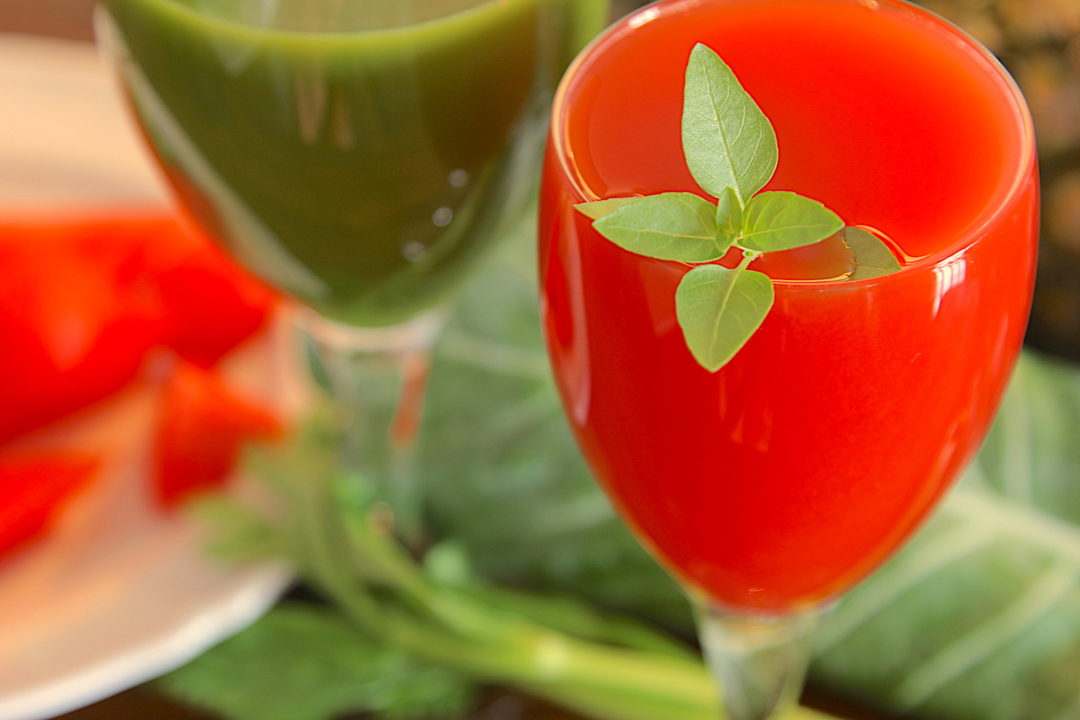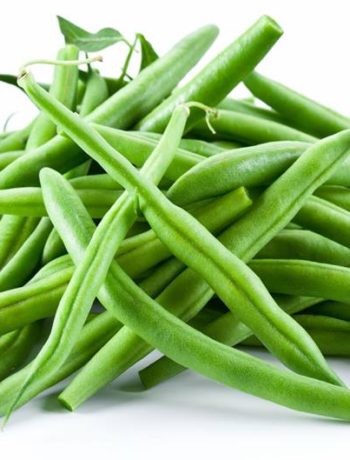“What we eat is what we are.”
This saying has never felt more relevant than it does today. A growing body of evidence shows that our diet can contribute to serious health problems—but it can also help reverse them. That’s why it’s important to take a step back and understand how the food we consume impacts both our body and brain. This awareness is the foundation for developing a habit of conscious eating and conscious living.
We often eat without knowing what we’re actually consuming or where it comes from. Take juice, for example. It’s a staple in many diets, yet we frequently reach for packaged options that are stripped of nutrients and offer little to no health benefits. In contrast, fresh juice made at home is affordable, easy, enjoyable, and full of vitamins and minerals. One of the easiest and most refreshing juices you can make is watermelon juice.
Why July is National Watermelon Month
Watermelon, with its vibrant red flesh and green rind, captures the essence of summer. It’s the most consumed melon in the U.S., followed by cantaloupe and honeydew. Ancient Egyptian hieroglyphics trace watermelon’s origins back 5,000 years. Today, over 300 varieties are grown in the U.S. and Mexico alone.
Melons, including watermelon, are best eaten on their own—ideally, avoid consuming any other food 30 minutes before or after eating melon. Let’s explore some surprising facts about watermelon and its remarkable health benefits.
Watermelon Juice (with Rind)
Watermelon contains more lycopene—a powerful antioxidant—than fresh tomatoes. One cup of watermelon has 1.5 times the lycopene content of a raw tomato.
L-citrulline, an amino acid in watermelon, helps reduce muscle soreness.
The rind contains more citrulline than the pink flesh. Citrulline converts to arginine in the kidneys, which plays a vital role in heart and immune system health.
Research has shown that watermelon extract supplements improve blood pressure and reduce cardiac stress in obese individuals.
6 Watermelon Facts That Will Surprise You
1. Watermelon Has More Lycopene Than Tomatoes
Lycopene is the carotenoid responsible for the red hue in fruits and vegetables. While it’s often linked with tomatoes, watermelon is actually a richer source. One cup contains about 6 mg of lycopene—compared to 4 mg in a large tomato. Lycopene’s antioxidant power is linked to reduced risk of heart disease, prostate cancer, and kidney cancer.
2. Watermelon Is Rich in L-Citrulline
L-citrulline, a non-essential amino acid, is converted into L-arginine in the body, promoting nitric oxide production. This supports cardiovascular health, enhances athletic performance, and reduces muscle soreness. Functional beverages like watermelon juice enriched with L-citrulline have gained attention for their health benefits. Studies show plasma citrulline and arginine levels increase after consuming about 3.3 kg of ripe watermelon.
3. It May Relieve Muscle Soreness
Drinking watermelon juice before a workout may help ease muscle soreness. One study found that men who consumed unpasteurized watermelon juice experienced less muscle soreness 24 hours after exercising, compared to those who had a placebo.
4. Watermelon Is Both a Fruit and a Vegetable
Watermelon belongs to the same family as cucumbers, squash, and pumpkins. It’s both a fruit—because it contains seeds—and a vegetable—because it’s grown from a flowering plant and harvested like one. The rind, often discarded, is entirely edible.
5. You Can Eat the Rind and Seeds
Blend the rind with lime juice for a refreshing, chlorophyll-rich drink. The rind contains more citrulline than the flesh. This amino acid supports immune function and heart health and has potential in treating over 100 conditions. As for seeds, black watermelon seeds are safe to eat and provide iron, zinc, protein, and fiber. Seedless varieties result from hybridization—not genetic modification.
6. Watermelon Is Mostly Water
At over 91% water, watermelon is a hydrating snack perfect for hot days. It’s not a replacement for water but can help prevent dehydration.
7. Some Watermelons Are Yellow
Yellow Crimson watermelons have a honey-like sweetness and offer their own nutritional profile, though most research focuses on red-fleshed varieties.
8. The Fresh Aroma of Watermelon
That fresh, sweet scent you notice when cutting a watermelon comes from the enzymatic oxidation of fatty acids. The primary aroma compounds are C8 and C9 aldehydes.
Lycopene: Watermelon’s Nutritional Claim to Fame
Watermelon is a leading source of lycopene, with about 6.5 mg in less than half a cup. Red-fleshed varieties contain significantly more than yellow ones. Notably, lycopene remains stable after the watermelon has been cut and stored in the fridge—degrading by only 6–11% after seven days.
Why is this important? Lycopene is a potent antioxidant, even stronger than beta-carotene. One study found that men with the highest blood lycopene levels were 55% less likely to suffer strokes. A 2014 meta-analysis showed lycopene reduced stroke risk by 19%.
Lycopene may also help prevent certain cancers. A separate meta-analysis found a link between lycopene intake and lower ovarian cancer risk in postmenopausal women. Animal studies also suggest lycopene may help suppress brain and breast tumors.
Watermelon Extract May Reduce Blood Pressure
Recent studies show that watermelon extract rich in citrulline and arginine may significantly reduce blood pressure and cardiac stress. In one study, obese participants experienced improved blood pressure during rest and cold-stress testing.
“Watermelon supplementation reduced aortic blood pressure and myocardial oxygen demand… Watermelon may provide cardioprotection by attenuating cold-induced aortic hemodynamic responses.”
Citrulline converts to arginine in the body, supporting nitric oxide production, which helps blood vessels relax and lowers blood pressure.
Watermelon for Inflammation and More
Watermelon is rich in anti-inflammatory compounds. It contains:
Lycopene, a strong antioxidant
Cucurbitacin E, a triterpenoid that reduces inflammation by blocking COX enzymes—similar to how NSAIDs like aspirin work
Despite being low in calories (around 46 per cup), watermelon is a good source of:
Vitamin C
Vitamin B6
Potassium
Vitamin A
Magnesium
How to Pick the Perfect Watermelon
Avoid the disappointment of a bland watermelon by checking for a pale, buttery-yellow spot on the underside—this indicates ripeness. Additional tips:
Choose one that feels heavy for its size
Look for a smooth rind and dull top
Try the “thump test” (a ripe melon should sound hollow)
Store whole watermelons in a cool place (50–60°F). Once cut, refrigerate it, and always wipe the exterior clean before slicing. Don’t toss the rind—blend it with lime juice for a refreshing drink (choose organic if you’re eating the rind).
Note: One-sixteenth of a medium watermelon contains 11.3 grams of fructose. If you’re in good health, aim to keep your total daily fructose intake below 25 grams. If you’re overweight, hypertensive, or diabetic, limit it to under 15 grams.





No Comments